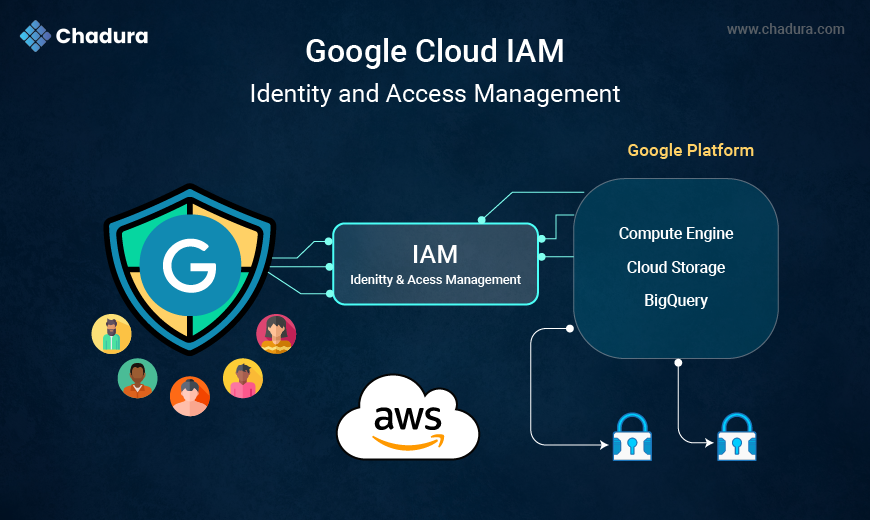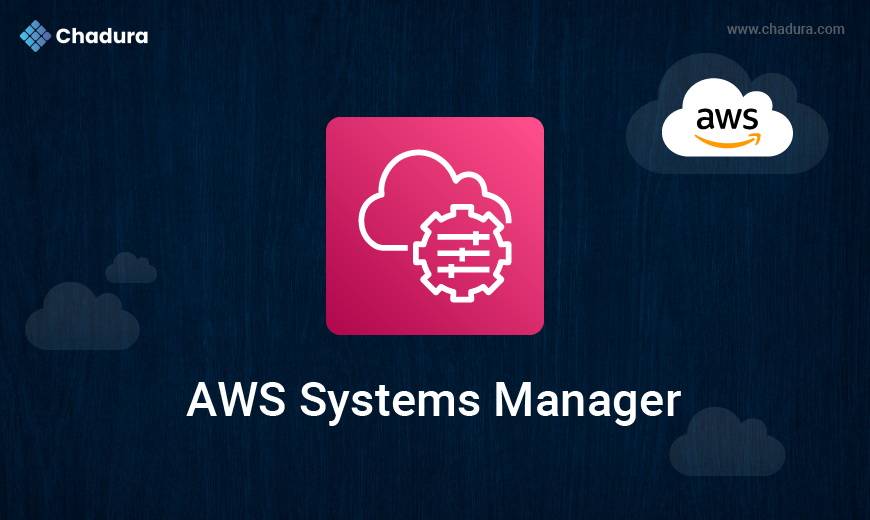The Birth of Julia
Julia has emerged as a powerful tool for modern computational needs in the ever-expanding landscape of programming languages. Initially designed to address the shortcomings of other languages in high-performance computing, Julia has gained significant traction among data scientists, engineers, and researchers. But what makes Julia stand out in a crowded field, and why is it becoming the go-to choice for technical computing?
Julia was born out of frustration with the limitations of existing languages like Python, R, MATLAB, C, and Fortran. Developers often had to juggle between languages to achieve high performance and ease of use. Python, for instance, is known for its simplicity but often needs help with speed, especially in computationally intensive tasks. On the other hand, languages like C and Fortran offer speed but at the cost of complexity and a steep learning curve.
Julia, developed by MIT researchers and first released in 2012, was designed to be the "best of both worlds." It combines the ease of use and dynamic nature of languages like Python with the speed of compiled languages like C. This unique combination makes Julia an attractive option for various applications, from data analysis to machine learning, and from numerical simulations to scientific research.
Key Features of Julia
1. Speed: Julia is a compiled language that boasts performance comparable to C and Fortran, making it ideal for tasks that require significant computational power. Its just-in-time (JIT) compilation using the LLVM framework ensures that your code runs at lightning speed without sacrificing flexibility.
2. Ease of Use: Julia’s syntax is clean and intuitive, making it accessible to beginners while offering the depth needed for advanced users. Its ability to call Python, C, and Fortran libraries seamlessly further enhances its usability.
3. Multiple Dispatch: Julia’s multiple dispatch system allows functions to behave differently based on the types of their arguments, making it highly versatile and enabling more efficient and readable code.
4. Rich Ecosystem: Despite being a relatively new language, Julia has a rapidly growing ecosystem of packages and libraries. From machine learning (MLJ.jl) to data manipulation (DataFrames.jl) and visualization (Plots.jl), the Julia ecosystem is expanding at a rapid pace, making it easier to find tools and resources for various tasks.
5. Community and Collaboration: Julia’s open-source nature has fostered a vibrant and collaborative community. The language is actively developed, with contributions from both academia and industry, ensuring that it stays on the cutting edge of technological advancements.
Installation and Setup
Getting started with Julia is straightforward, and you can be up and running in a few minutes. Here’s how you can install and start using Julia on your system.
Step 1: Download and Install Julia
1. Visit the [official Julia website](https://julialang.org/downloads/).
2. Download the appropriate version for your operating system (Windows, macOS, or Linux).
3. Follow the installation instructions for your specific OS.
Step 2: Verify Installation
After installing, you can verify that Julia is installed correctly by opening a terminal or command prompt and typing:
julia --versionThis command should display the installed Julia version, confirming that the installation was successful.
Step 3: Launching the Julia REPL
To start using Julia, simply type `julia` in your terminal or command prompt:
juliaThis command opens the Julia REPL (Read-Eval-Print Loop), where you can start entering Julia commands interactively.
Basic Usage with Code Snippets
Now that Julia is installed, let’s explore some basic usage with a few code snippets.
1. Hello World
Let’s start with the classic Hello, World! example:
println("Hello, World!")Running this in the Julia REPL or saving it in a .jl file and executing it will print Hello, World! to the console.
2. Simple Arithmetic
Julia excels at numerical computing. Here’s a quick example of some basic arithmetic operations:
a = 10
b = 5
sum = a + b
product = a * b
quotient = a / b
println("Sum: $sum")
println("Product: $product")
println("Quotient: $quotient")This code snippet demonstrates variable assignment and basic arithmetic operations. Julia’s syntax for these operations is straightforward and intuitive.
3. Defining Functions
Functions are a core part of Julia, and they’re easy to define:
function greet(name)
return "Hello, $name!"
end
println(greet("Julia"))This function takes a name as input and returns a greeting. The println function is used to display the result.
4. Working with Arrays
Julia's array handling is powerful and efficient:
arr = [1, 2, 3, 4, 5]Accessing elements
println(arr[1]) First element
Basic operations
arr_squared = arr .^ 2 Element-wise squaring
println(arr_squared)In this snippet, we create an array, access its elements, and perform element-wise operations using the dot (.) operator.
5. Plotting a Simple Graph
Julia has excellent support for data visualization through packages like Plots.jl. Here’s how you can plot a simple graph:
using Plots
x = 1:10
y = x .^ 2
plot(x, y, title="Simple Plot", xlabel="x", ylabel="y", legend=false)This code generates a plot of y = x^2 using the Plots package. The plot function is versatile and supports a wide range of customizations.
Why Julia Matters
Julia is more than just a faster Python or a simpler C. It represents a shift towards a language that doesn’t force developers to choose between performance and ease of use. As industries increasingly rely on data-driven decisions and complex simulations, Julia’s ability to handle large datasets and perform high-level mathematical operations efficiently is proving invaluable.
Moreover, Julia’s focus on numerical and scientific computing makes it a strong contender in fields like artificial intelligence, machine learning, and data science. Its ability to handle large-scale data processing and parallel computing tasks is also positioning it as a key player in big data and cloud computing environments.
The Future of Julia
As Julia continues to evolve, it’s expected to play an even larger role in areas requiring high-performance computing. Its integration with other languages and tools, combined with ongoing improvements in speed and functionality, makes it a promising language for future technological advancements.
In conclusion, Julia is not just another programming language—it’s a versatile and powerful tool that addresses the needs of modern computing. Whether you're a data scientist, engineer, or researcher, Julia offers a robust platform to develop and deploy high-performance applications efficiently. If you haven't explored Julia yet, now might be the perfect time to dive in and see what this rapidly growing language has to offer.





